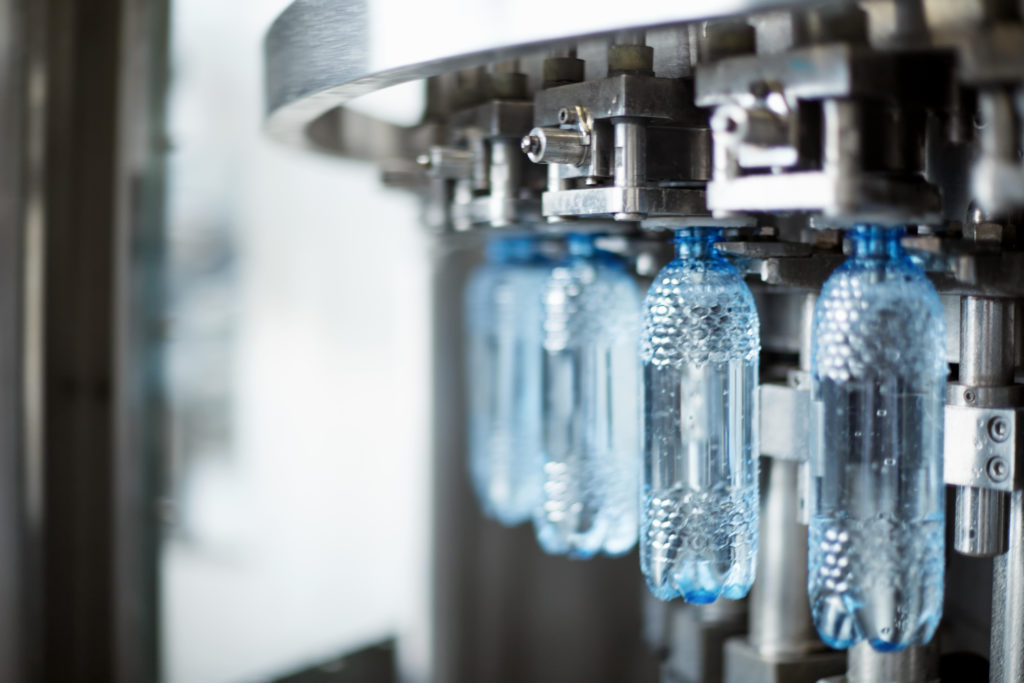What are Microfiltration and Ultrafiltration and How Do They Work?
Microfiltration (MF) and ultrafiltration (UF) solve a variety of process liquid treatment and purification needs, generally with low operational costs and a small footprint. MF and UF are typically incorporated within a larger treatment process, and, when used to pretreat process streams, MF/UF systems are particularly effective at preventing costly fouling of downstream equipment, such as RO units or removing bacteria and virus from drinking water.
If you’re wondering which pretreatment or contaminant removal systems are right for your facility, you might be asking “What are microfiltration and ultrafiltration and how do they work?”
The following article will simplify microfiltration and ultrafiltration technologies, and explain how membrane filtration works.

What is membrane filtration?
Membrane filtration is a physical separation process that uses a semipermeable membrane to remove suspended solids from a liquid stream. MF and UF, along with nanofiltration (NF) and reverse osmosis (RO), are all examples of pressure-driven membrane filtration.
MF/UF are flexible filtration methods, and both are used to remove a variety of particles, pathogens, and microorganisms from process liquids. MF/UF is typically incorporated into a larger system, occurring downstream from media filtration units that capture large particles, and upstream from processes that provide further separation, purification, or industrial wastewater treatment.
MF and UF systems share much in common with one another, with the main difference being that UF is able to catch finer particles than MF due to the comparatively smaller pore sizes of UF membranes. To explore the characteristics of each more closely, see our article Microfiltration vs Ultrafiltration: What is the Difference?
What does microfiltration remove?
MF membranes are available in pore sizes ranging from 0.1 to 10 μm. MF porosity is the highest in the membrane filtration family, with the result that MF membranes allow water, ions, dissolved organic material, small colloids, and viruses to pass through, while retaining larger contaminants such as:
- Algae
- Bacteria
- Pathogenic protozoa, including Giardia lamblia and Crypotosporidium
- Sediment, including sand, clay, and complex metals/particles
What does ultrafiltration remove?
UF membranes are available in pore sizes ranging from 0.001 to 0.1 μm. Owing to the smaller pore size of its membranes, UF removes a more comprehensive range of contaminants than MF does, while leaving behind ions and organic compounds of low molecular weight. UF is suited for removal of very fine particles, including:
- Endotoxins
- Plastics
- Proteins
- Silica
- Silt
- Smog
- Viruses
How does MF/UF work?
MF and UF physically separate solids from liquid streams based on the principle of size-exclusion. As a feed stream is passed through the MF/UF membrane, any solids that are too large to pass through the membrane’s pores are retained, while any liquid or small particles are permitted to flow through. In either MF or UF, the portion of the feed stream that has passed through the filter membrane is referred to as the filtrate or permeate, while the remainder is known as the retentate. Depending upon the industrial application at hand, the filtrate and/or retentate may each be directed to other systems, as appropriate, for waste treatment, or purification through RO.
MF/UF units support direct flow and crossflow filtration
In direct flow filtration, also known as dead-end filtration, a feed stream is forced through a porous membrane. Particles too large to fit through the membrane pores build up on the filter in a residue known as a filter cake. Dead-end filtration provides more comprehensive filtration of the feed stream, and is typically performed in batch or semi-continuous flows, allowing for the membrane to be replaced or cleaned regularly.
- Typical configuration: Cartridge, Plate and frame filter
- Ideal application: Treatment of feed streams with a low concentration particulate solids, or when a purified filtrate is desired
In crossflow filtration, also known as tangential filtration, the feed stream flows along the surface of the membrane, producing a purified filtrate, and a concentrated retentate that stays in liquid form, and can be recirculated through the MF/UF process. Crossflow filtration can operate as a continuous process because the constant flow of the feed stream helps to prevent the buildup of solids that block flow through the membrane.
- Typical configurations: Hollow fiber filter, spiral wound membranes, tubular membranes
- Application: Treatment of feed streams with a high concentration of particulate solids, or when a concentrated retentate solution is desired
Our article Microfiltration and Ultrafiltration: Common Problems and How to Fix Them provides additional information on the maintenance demands of various MF/UF systems.
How SAMCO can help?
SAMCO has over 40 years’ experience custom-designing and manufacturing MF/UF systems for a range of industries and solutions, so please feel free to reach out to us with your questions. For more information or to get in touch, contact us here to set up a consultation with an engineer or request a quote. We can walk you through the steps for developing the proper solution and realistic cost for your MF/UF treatment system needs.
To learn more about SAMCO’s MF/UF technologies and services, visit our microfiltration / ultrafiltration page here.
Some other articles about microfiltration and ultrafiltration membrane systems you might be interested in include:
- Do You Need a Microfiltration or Ultrafiltration Membrane System for Your Plant?
- How to Choose the Best Microfiltration and Ultrafiltration Systems for Your Facility
- How Much Do Microfiltration and Ultrafiltration Membrane Systems Cost?
- Microfiltration and Ultrafiltration Membrane Systems: Common Problems and How to Fix Them
- Microfiltration vs Ultrafiltration Processes: What is the Difference?
- What Are the Best Companies for Microfiltration and Ultrafiltration Membrane Systems?

